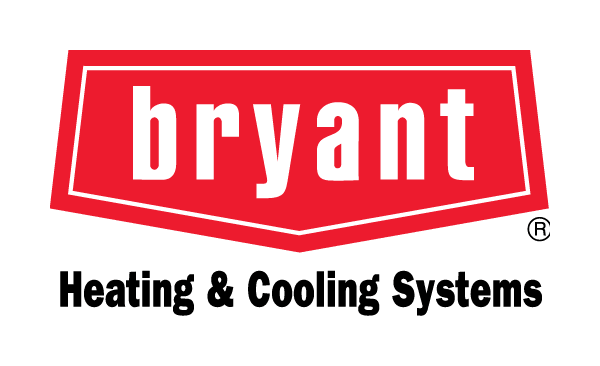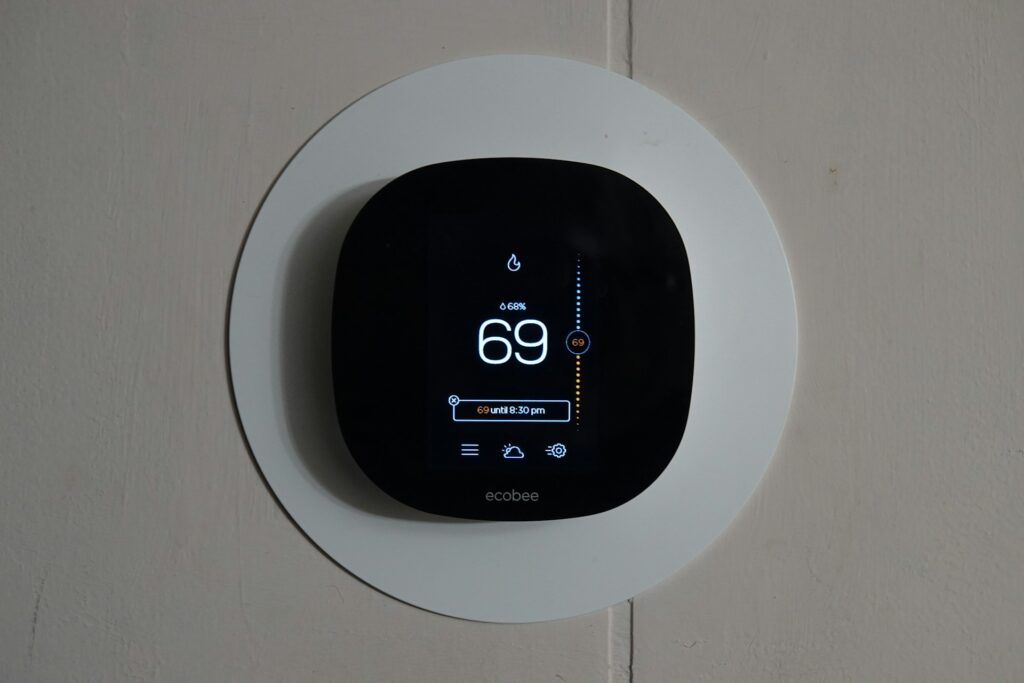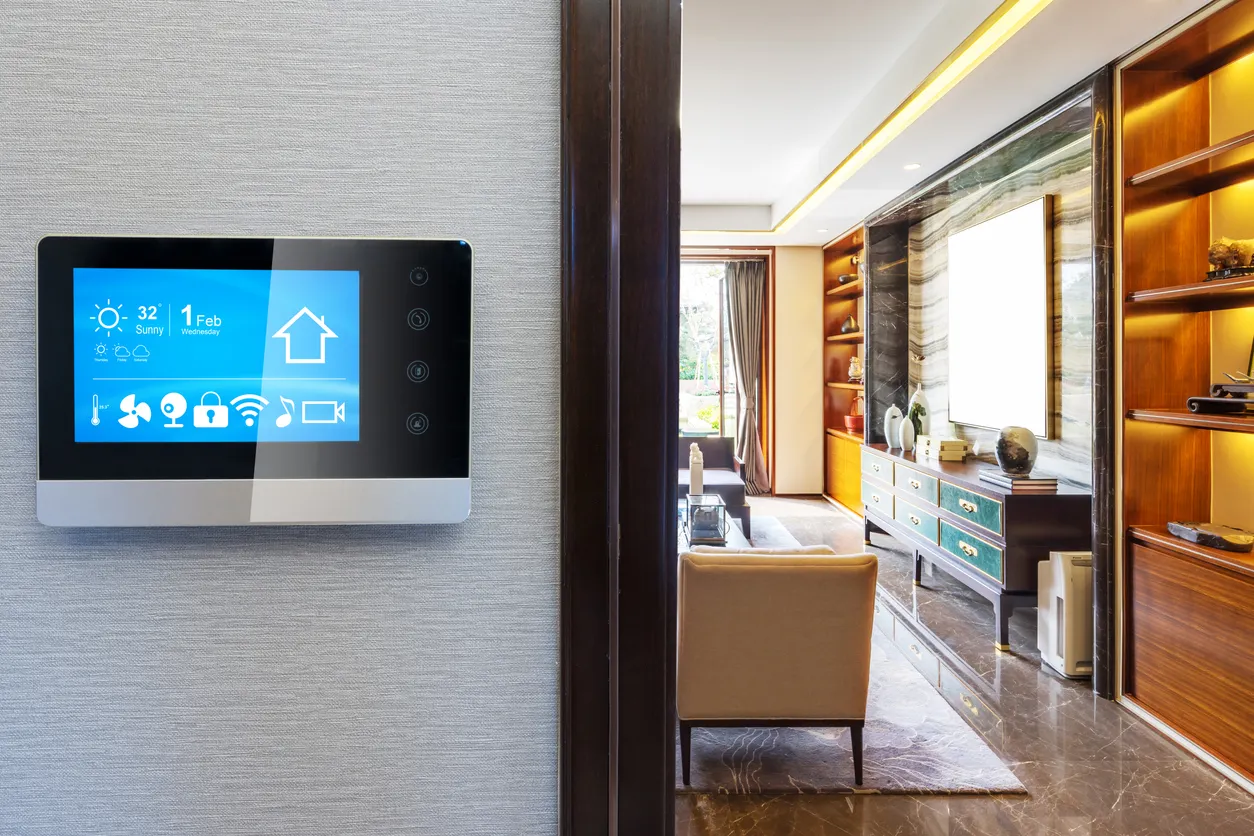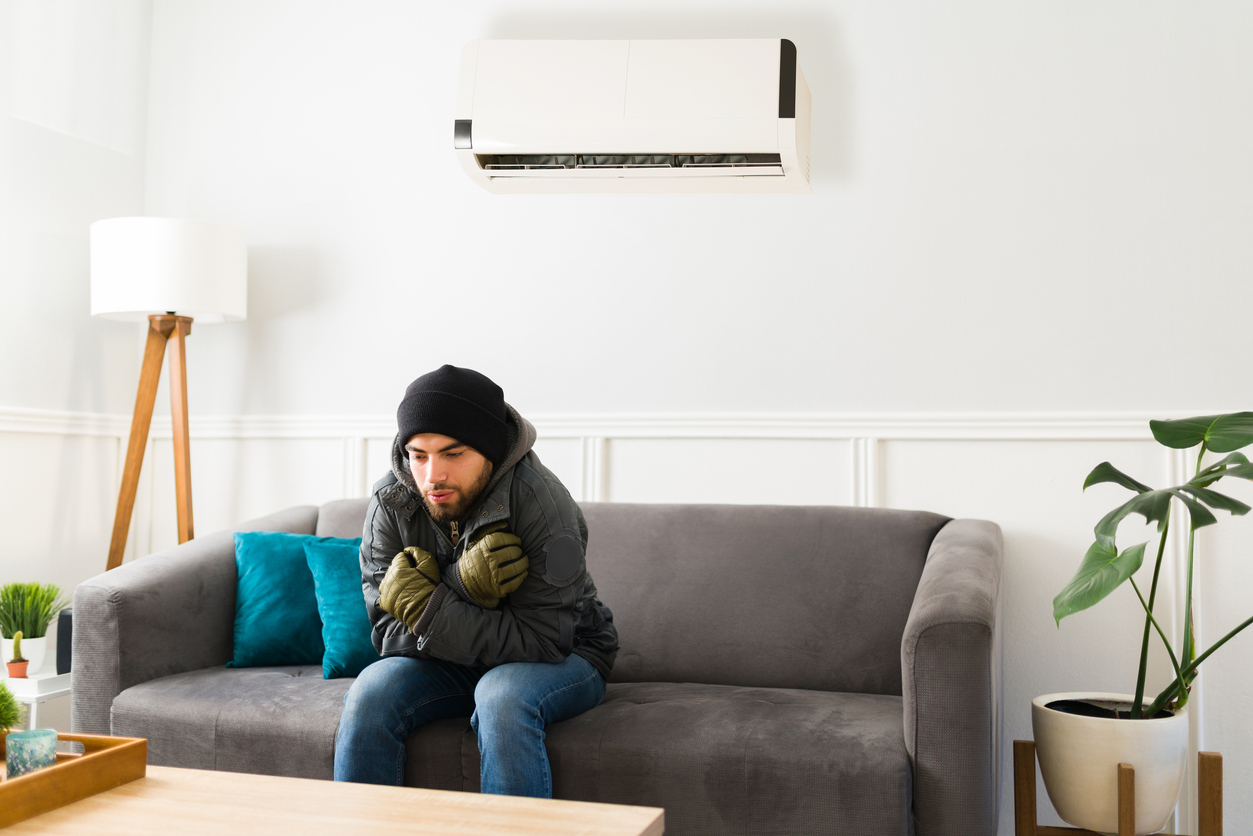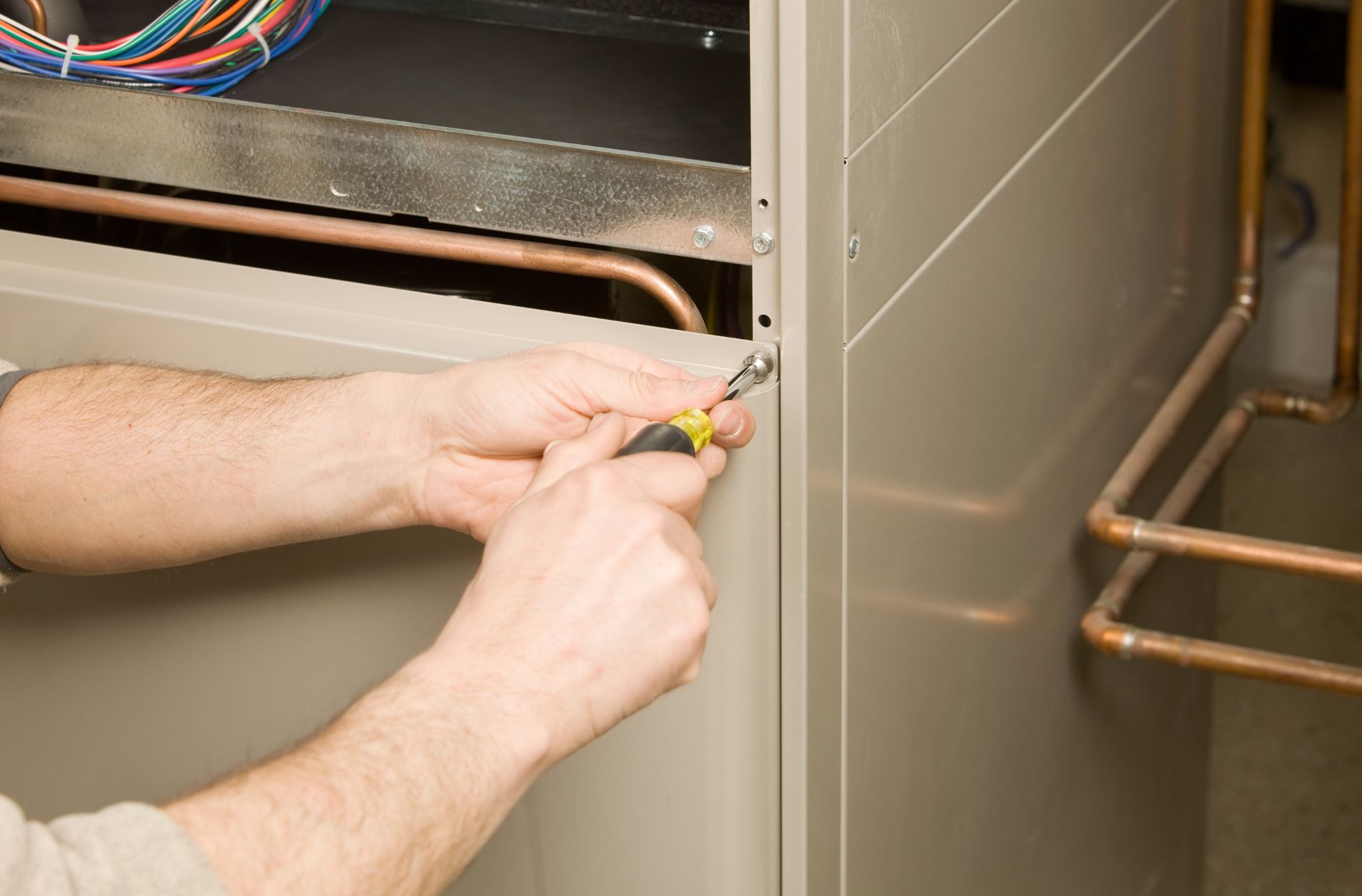A working thermostat is one of the most important parts of keeping your AC running consistently through a Las Vegas summer. When it starts acting up, even a small issue can throw off your entire system’s performance. That means longer wait times for cool air, uneven temperatures throughout the house, and a lot more stress when it’s already hot outside.
Thermostat malfunctions are one of the more commonly overlooked issues because the problems they cause can show up in different ways. If the thermostat isn’t communicating properly with your AC system, it may seem like your unit isn’t powerful enough or that it’s broken. That miscommunication can keep your home from staying cool, even if the rest of your HVAC system is working just fine.
Understanding Thermostat Malfunctions
There are a few main types of issues that can cause a thermostat to malfunction. Some of these problems come from wiring issues or old age, while others might just be from dust buildup or incorrect settings. Recognizing what might be going wrong can help you get to the root of the issue faster.
Here are some common thermostat problems:
– Unresponsive controls: Pushing buttons or tapping the screen doesn’t do anything.
– Incorrect temperature readings: The thermostat says one thing, but the room feels very different.
– Short cycling: Your AC turns on and off too quickly and too often.
– Blank screen: The thermostat screen is dark or stuck, even when power is on.
– Settings don’t hold: You set a temperature, but it resets or changes without you doing anything.
When your thermostat isn’t working correctly, it causes a communication gap between the set temperature and the system’s actual response. That can lead to your AC running longer than needed or not running at all, both of which strain the equipment. Over time, this kind of problem can raise your energy bill and wear down parts of your system.
Let’s say you keep setting your thermostat to 72 degrees, but the house always feels warmer. You check your vents, and cool air is blowing out, but then the system shuts off before the room ever cools down. That’s a sign your thermostat may think it hit the target temperature even when it hasn’t, which means it’s calling the shots based on bad information.
Signs Your Thermostat Needs Attention
Your thermostat rarely breaks all at once. Usually, problems show up as small signs. The key is to notice them early and address them before they grow into larger issues. If something seems off, it might not be your AC unit itself—it could be the thermostat telling it what to do incorrectly.
Here are several signs that your thermostat may need closer attention:
1. The room feels too warm or too cold, even when the thermostat is set to a comfortable number.
2. The fan doesn’t turn on, or it runs constantly even if it should’ve shut off.
3. The display is blank, flickering, or difficult to read.
4. You’re constantly adjusting the thermostat to feel comfortable.
5. The AC short cycles, turning on and off quickly without fully cooling the space.
One of the top culprits behind these symptoms is poor thermostat placement. If the thermostat is mounted on an exterior wall or placed in direct sunlight, it could be giving your system false readings. Another often-missed cause is old wiring. Wiring that’s come loose or corroded over time can send the wrong signals and make your system act unpredictably.
Paying attention to these early signs and acting on them can prevent larger cooling problems from affecting your comfort during the hottest months in Las Vegas.
DIY Troubleshooting Tips
When your AC starts misbehaving during the peak of summer in Las Vegas, it’s natural to wonder if it’s something small you can fix on your own. While there are a few quick checks you can do safely, it’s important to know where the line is between a simple fix and a deeper issue that needs professional attention.
Start with these safe troubleshooting steps:
– Double-check the thermostat settings. Make sure it’s set to cool and the temperature is set lower than the current room temperature.
– Replace the batteries. If your thermostat uses batteries, weak or dead ones can cause display and functionality issues.
– Clean the surface. Use a dry cloth or a soft brush to lightly clean around the buttons or screen where dirt or dust may collect.
– Check the circuit breaker. If the thermostat isn’t getting power, your system might have tripped a breaker without you realizing it.
– Make sure it’s level. Older thermostats with mercury switches need to be level to work properly, and even newer models can suffer from off-kilter installation.
Doing these quick checks can save time and give you a better idea of whether the problem is with the thermostat or deeper in the AC system. But even if your thermostat springs back to life after changing the batteries or rechecking the settings, that doesn’t always mean the issue is truly fixed. Long-term performance issues often need professional inspection to avoid system failure down the line.
When To Trust Our Technicians With The Repair
If your thermostat continues acting up or discovers deeper wiring or communication issues, it’s time to bring in our professionals. Diagnosing a true malfunction goes beyond what most homeowners can safely access. This is especially true when the issue involves the internal wiring between the thermostat and the rest of the HVAC system or when the system keeps turning off too soon or not at all.
Our technicians know how to handle thermostat problems by checking every step of the communication chain. If needed, they safely open up the wall plate, assess wire connections, and test voltage to make sure every part is functioning properly. Sometimes the fix is as simple as reconnecting a loose wire. Other times, the thermostat itself might need replacing, especially if it’s outdated or has compatibility issues with your AC unit.
A professional AC visit also helps uncover if the thermostat is being impacted by larger system issues. It’s common for homeowners to focus on the thermostat when in reality, airflow restrictions, clogged filters, or refrigerant problems might be driving the symptoms. Our technicians run full diagnostics to rule out anything else that could be interfering with thermostat behavior during those hot Las Vegas afternoons.
How Regular AC Maintenance Helps Prevent Thermostat Issues
Thermostat malfunctions don’t always show up out of the blue. Many develop slowly as dirt builds up, thermal sensors shift position, or settings drift without anyone noticing. With regular AC maintenance, these small details can be caught early before they lead to uncomfortable conditions later.
During a standard maintenance visit, our technicians check the thermostat as part of a whole-system inspection. This includes:
– Verifying temperature readings against actual room conditions
– Testing AC response times to changes in thermostat settings
– Inspecting power supply wiring and calibration
– Making sure all system modes (cool, fan, auto) respond correctly
– Ensuring physical placement of the thermostat is still accurate
This kind of routine care helps your entire AC system run more efficiently and saves the thermostat from working too hard to force your system to cool unevenly. Even smart thermostats with newer technology still need occasional checks to ensure they’re working properly and not pushing the system harder than necessary.
Waiting until something breaks during peak summer heat in Las Vegas almost guarantees discomfort. Scheduling maintenance in advance, especially before extreme weather hits, goes a long way in keeping your home cool and steady.
Staying Comfortable All Summer Long in Las Vegas
When your thermostat fails, it can feel like your whole system let you down, even if everything else is still running. That tiny control panel plays a major part in your comfort. Catching problems early and giving it the attention it needs could mean the difference between a home that’s refreshingly cool and one that leaves you sweating.
Solving thermostat issues means thinking beyond the hardware. Sometimes the placement is wrong. Other times, it’s a wiring fault or a system strain caused by unresponsive settings. If your Las Vegas home feels off even when the numbers look right, your thermostat could be the problem. Checking into it early before the summer heat gets worse keeps things from snowballing, gives your AC system a break, and keeps your home consistently comfortable when it matters most.
Maintaining a robust cooling system through routine AC maintenance in Las Vegas can help catch minor issues before they escalate into larger problems and leave you uncomfortable during the peak summer days. Zen Aire Air Conditioning & Heating handles thermostat concerns and related system issues with professional expertise to ensure your home remains cool and steady. For a quick estimate or to schedule a service visit, please contact us today.

